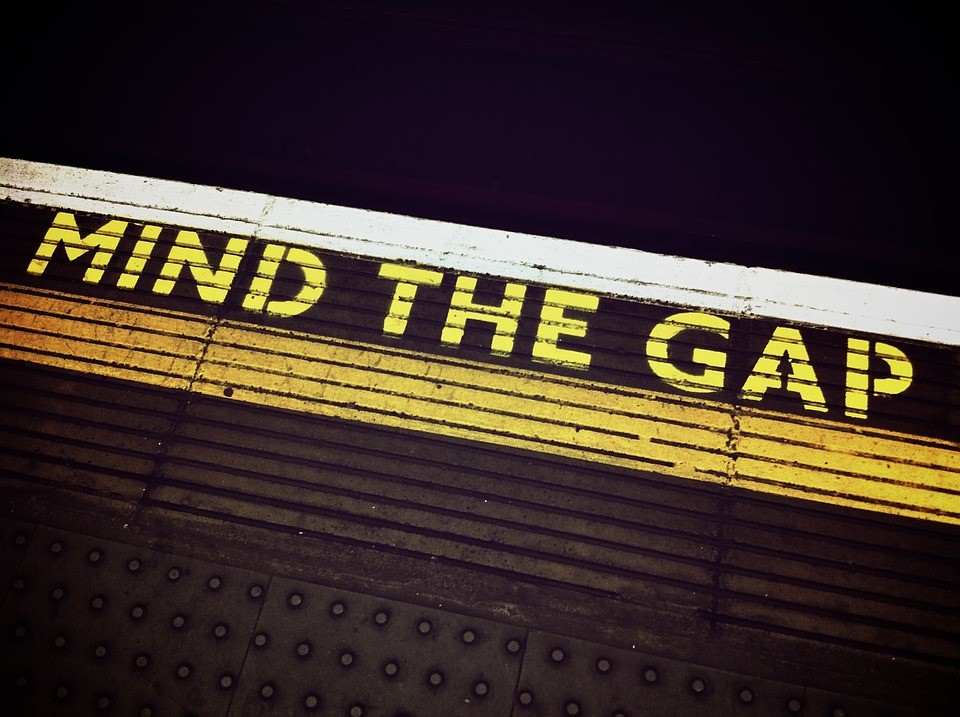
It’s been hard to miss the extensive media coverage on gender pay gap reporting, especially when organisations such as the BBC and Phase Eight have been chastised so publicly for their pay gap figures. With this issue continuing to be so prevalent, we take a look at what we know so far.
Firstly, What is the Gender Pay Gap?
The gender pay gap is often confused with equal pay, but they’re not the same. The gender pay gap measures the difference in earnings between men and women across a whole company. Whereas, equal pay is a legal requirement, meaning that men and women doing the same job should be paid the same.
The gender pay gap is calculated on a 1% sample of employees’ jobs. It takes the median average for men and women, which is the level of pay that half of people earn more than, and half earn less than. This means that a company might have more of a gender pay gap due to having more men in senior jobs, even though they pay their staff the same money for similar roles.
The Government believes that the transparency created by publishing gender pay gap data will increase awareness of the pay gap issue, encourage change, and help close the gap.
What is Gender Pay Gap Reporting?
Roughly 10,000 firms with more than 250 employees have had to state their average difference in earnings between male and female employees, and it will continue to be their responsibility to update these figures every year.
The deadline for public companies to publish their figures was 30th March, and for private companies it was midnight on Wednesday 4th April 2018. If an organisation has missed the deadline, they’ll face enforcement from the Equality and Human Rights Commission which could result in an unlimited fine.
Which Companies Have the Biggest Pay Gap?
According to the BBC analysis of the Government’s statistics, more than three quarters of UK companies on average pay men more than women.
One of the worst offenders is Ryanair, which reported a 71.8% gender pay gap. They blame their gap on the majority of their pilot roles being filled by men, while women are generally employed as lower-paid cabin staff. Only 8 out of their 554 pilots are female.
Overall, only 8% of the organisations that had to submit their figures said that they had no gender pay gap, including high street brands Matalan, KFC, Costa, Mc Donald’s, Starbucks and Primark.
Sector wise, construction firms report the highest pay gap followed by financial and insurance companies. The sectors with the smallest gap are household employers, accommodation and food and health.
When looking at bonus gaps, several NHS trusts have some of the highest figures.

Why is There A Gender Pay Gap?
There is no simple reason why there’s a pay gap – it’s a complicated issue.
According to the Fawcett Society, an equality campaigning group, caring responsibilities can play a big part. Women quite often take care of their children, or elderly relatives, meaning they are more likely to work part-time, often lower-skilled jobs.
Discrimination can also play a part in the pay gap. The ECHR previously found that 1 in 9 new mothers were either dismissed, made redundant or treated so badly that they felt they had to leave their job. This creates a gap in experience leading to lower wages when women return to work.
Men currently tend to take up the majority of senior roles within UK Companies, which are the highest paid jobs.
Are You Affected by the Gender Pay Gap?
If you want to see how companies compare when it comes to their gender pay gaps, the BBC has a calculator here.
Plus, if you feel you have been treated unlawfully at work, contact our friendly and knowledgeable employee law solicitors today.

